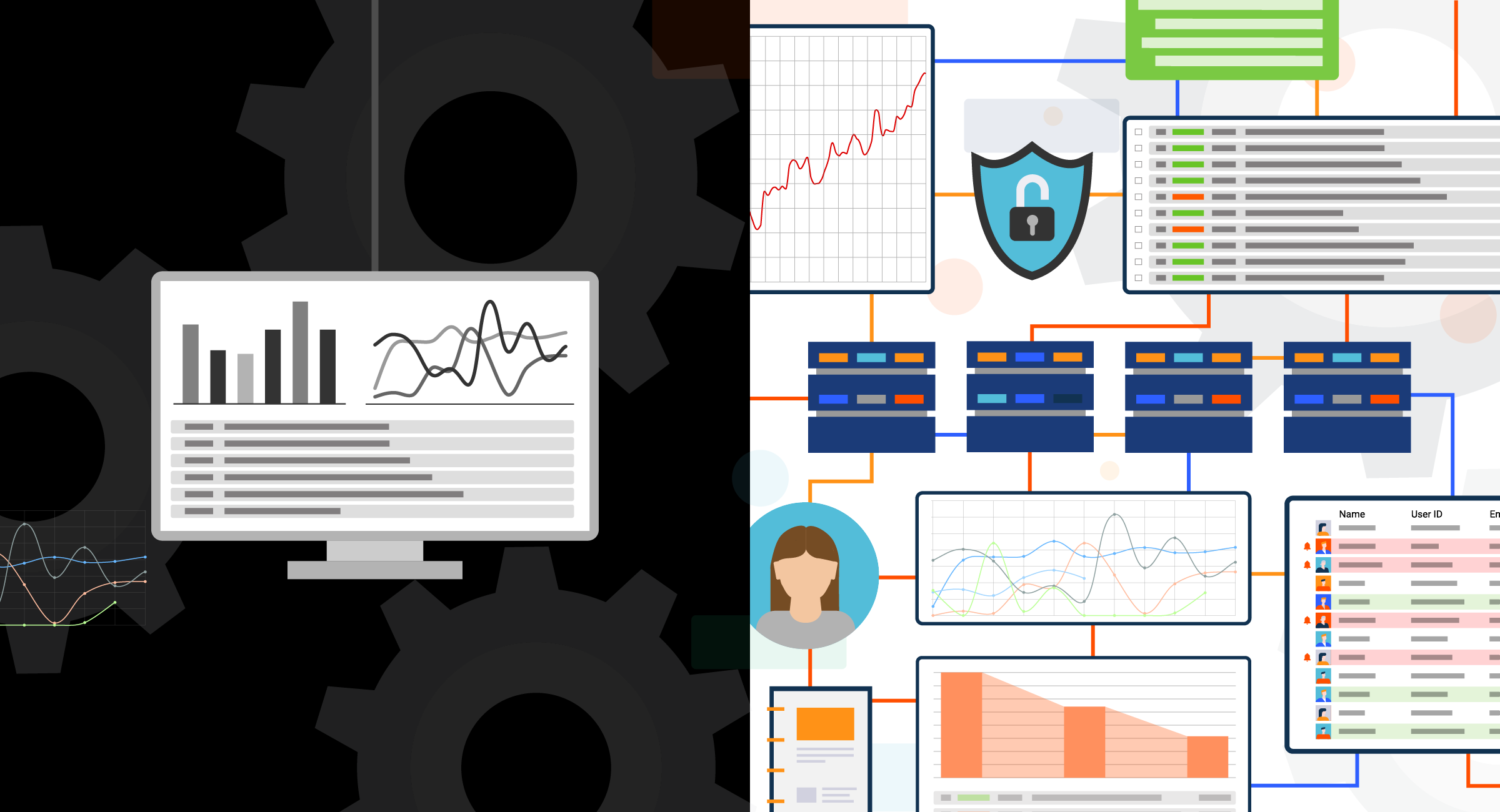Technology
How does API Observability integrate with cloud-native environments?

Do you know How API Observability integrates with cloud-native environments? Cloud-native environments refer to the modern approach of building and running applications that leverage the scalability, flexibility, and efficiency of cloud computing. In these environments, applications are developed using microservices architecture, containerization, and orchestration platforms like Kubernetes.
The Importance of API Observability in Cloud-Native Environments
Observability becomes essential in cloud-native environments, where applications are composed of numerous microservices communicating via APIs. It allows developers and operators to gain visibility into the interactions between microservices and identify any issues impacting application performance or reliability.
Real-Time Insights into API Usage
API observability provides real-time insights into how applications and users are using APIs. It helps track metrics such as request volume, response times, error rates, and latency, allowing teams to monitor API health and identify potential issues promptly.
Granular Monitoring of API Performance
One key benefit of API observability is its ability to offer granular monitoring of API performance. Developers can track individual API endpoints, analyze response times, and identify performance bottlenecks to optimize API calls and enhance overall application performance.
Detecting and Resolving API Issues
API observability enables teams to quickly detect and resolve issues affecting API functionality or performance. By analyzing logs, traces, and metrics, developers can identify errors, pinpoint their root causes, and take corrective actions to ensure smooth API operations.
Proactive Troubleshooting and Incident Response
With API observability, teams can adopt a proactive approach to troubleshooting and incident response. By setting up alerts and notifications based on predefined thresholds, developers can detect anomalies in API behavior and address potential issues before they escalate into critical incidents.
Optimizing API Gateway Performance
API gateways are crucial in managing API traffic and enforcing security policies in cloud-native environments. API observability allows teams to monitor API gateway performance, track request rates, and analyze traffic patterns to optimize gateway configuration and improve scalability.
Monitoring API Security
Security is a top priority in cloud-native environments, and API observability helps ensure the security of API endpoints and data transmission. By monitoring API logs and traces, teams can detect security threats, unauthorized access attempts, and suspicious activity, enabling them to enforce security policies and protect sensitive data.
Integration with Distributed Tracing
API observability often integrates with distributed tracing technologies, allowing teams to trace the flow of requests across multiple microservices and API calls. Distributed tracing provides end-to-end visibility into transaction paths, helping developers identify performance bottlenecks and optimize API interactions.
Scaling API Infrastructure
As cloud-native applications scale dynamically to meet changing demands, API observability becomes crucial for managing API infrastructure effectively. By monitoring resource utilization and performance metrics, teams can scale API resources up or down based on workload requirements, ensuring optimal performance and cost efficiency.
Compliance and Governance
API observability helps organizations maintain compliance and governance standards in cloud-native environments. By monitoring API activity and auditing access controls, teams can ensure that APIs adhere to regulatory requirements and organizational policies, protecting data privacy and integrity.
Enhancing Developer Productivity
API observability empowers developers by providing actionable insights into API performance and usage. By analyzing API metrics and logs, developers can identify opportunities for optimization, debug issues more efficiently, and deliver high-quality APIs that meet user expectations.
Continuous Improvement and Innovation
API observability fosters a culture of continuous improvement and innovation in cloud-native environments. By leveraging insights gained from observability tools, teams can iteratively enhance API functionality, introduce new features, and drive innovation to meet evolving business needs.
Streamlining DevOps Processes
API observability streamlines DevOps processes in cloud-native environments by facilitating collaboration between development and operations teams. By providing shared visibility into API performance and issues, observability tools enable seamless communication and collaboration, accelerating development cycles and improving deployment efficiency.
Container Orchestration Integration
In cloud-native environments, container orchestration platforms like Kubernetes are commonly used to manage and scale containerized applications. API observability integrates with these platforms to monitor API performance within containerized environments, providing insights into how APIs behave across clusters, nodes, and pods.
Multi-Cloud and Hybrid Cloud Support
Many organizations operate in multi-cloud or hybrid cloud environments, leveraging resources from multiple cloud providers. API observability supports monitoring APIs across diverse cloud infrastructures, providing a unified view of API performance and usage regardless of the underlying cloud platform.
Predictive Analytics and AI-driven Insights
Advanced API observability solutions leverage predictive analytics and AI-driven insights to anticipate potential issues and optimize API performance proactively. By analyzing historical data and patterns, these tools can forecast future API behavior, recommend optimizations, and help organizations avoid performance challenges in cloud-native environments.
Conclusion
In short, API observability plays a crucial role in integrating with cloud-native environments by providing real-time insights into API usage, performance, and security. By monitoring API activity, detecting issues proactively, and optimizing API infrastructure, organizations can ensure the reliability, scalability, and security of their cloud-native applications, driving business success in the era of cloud computing.






















